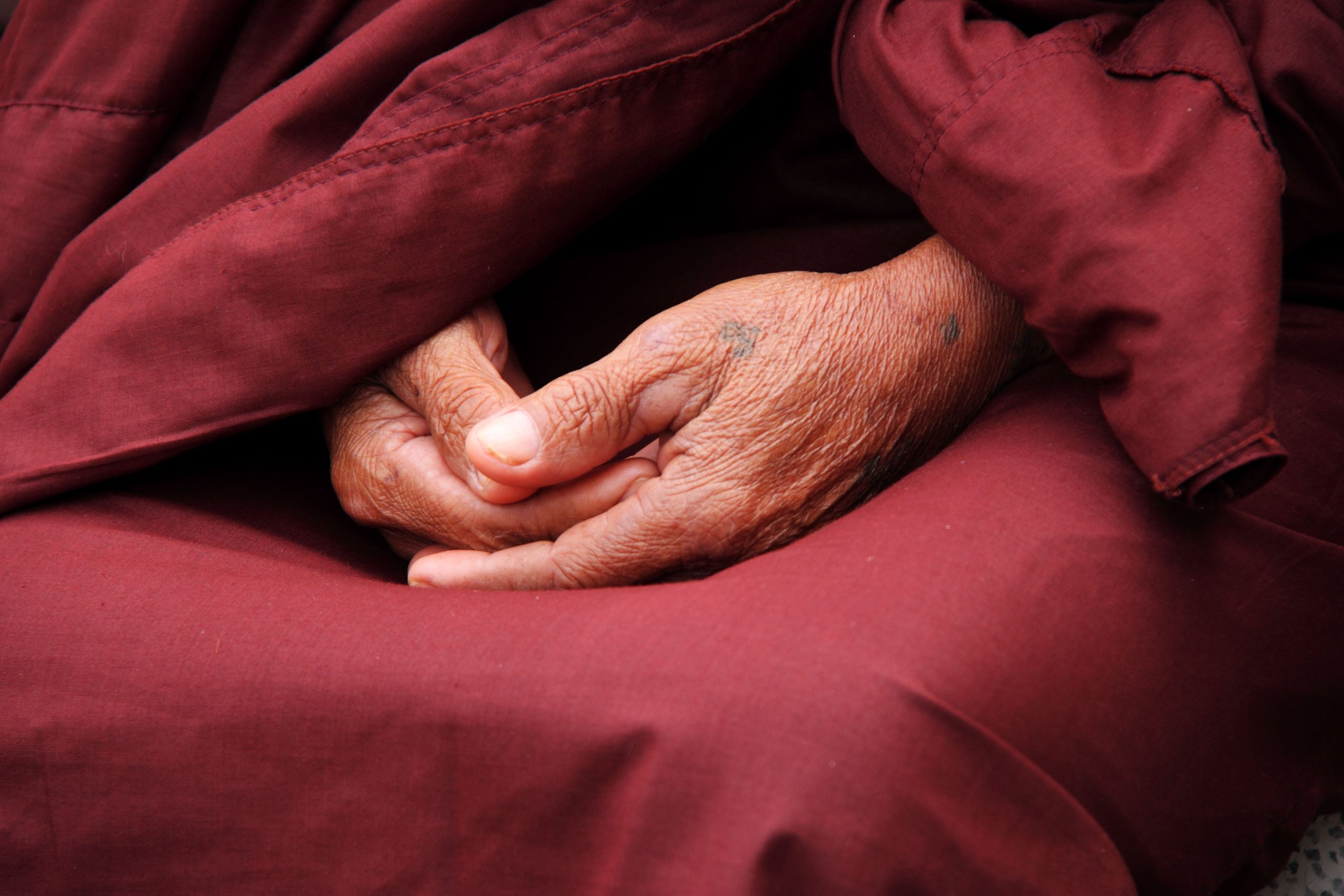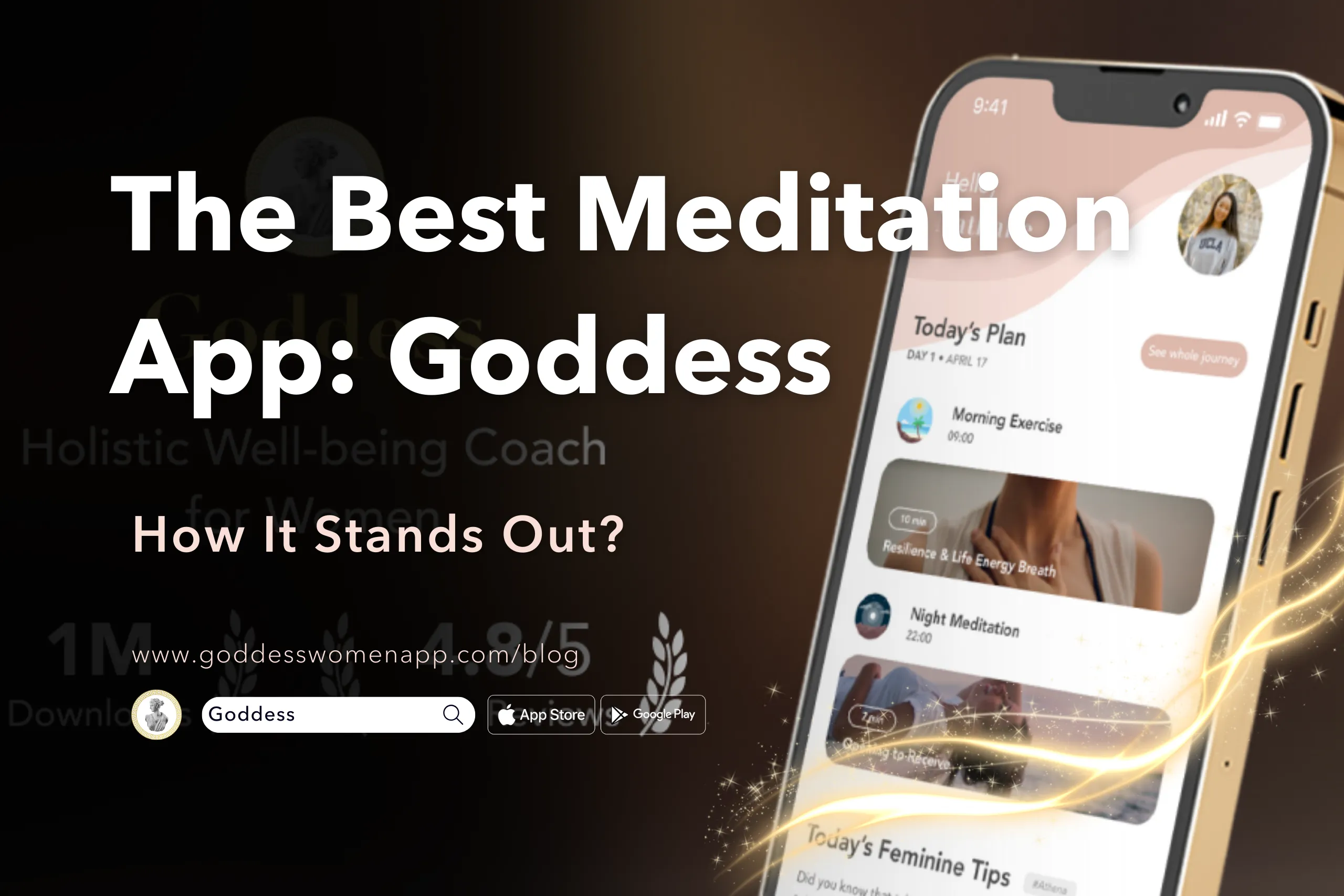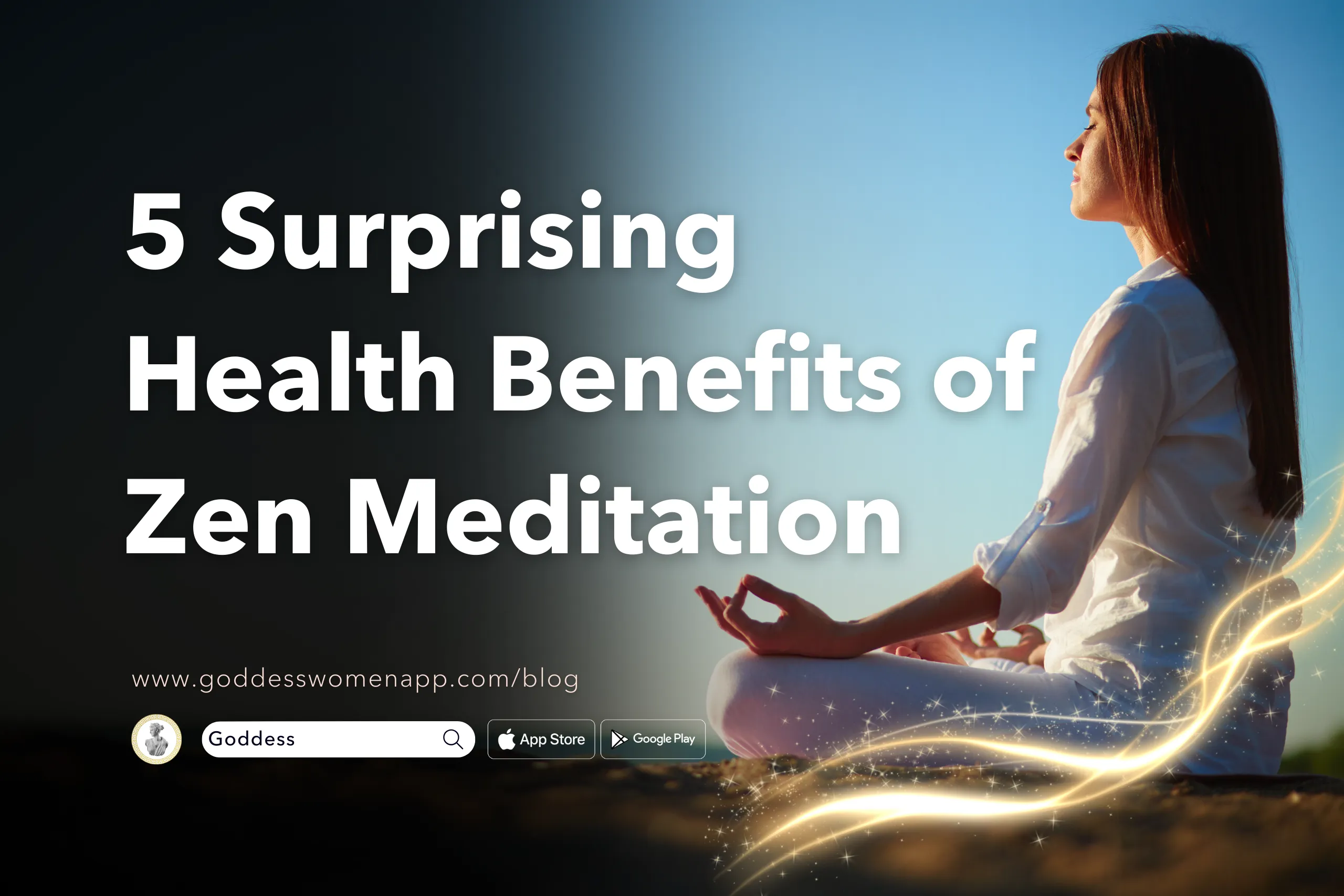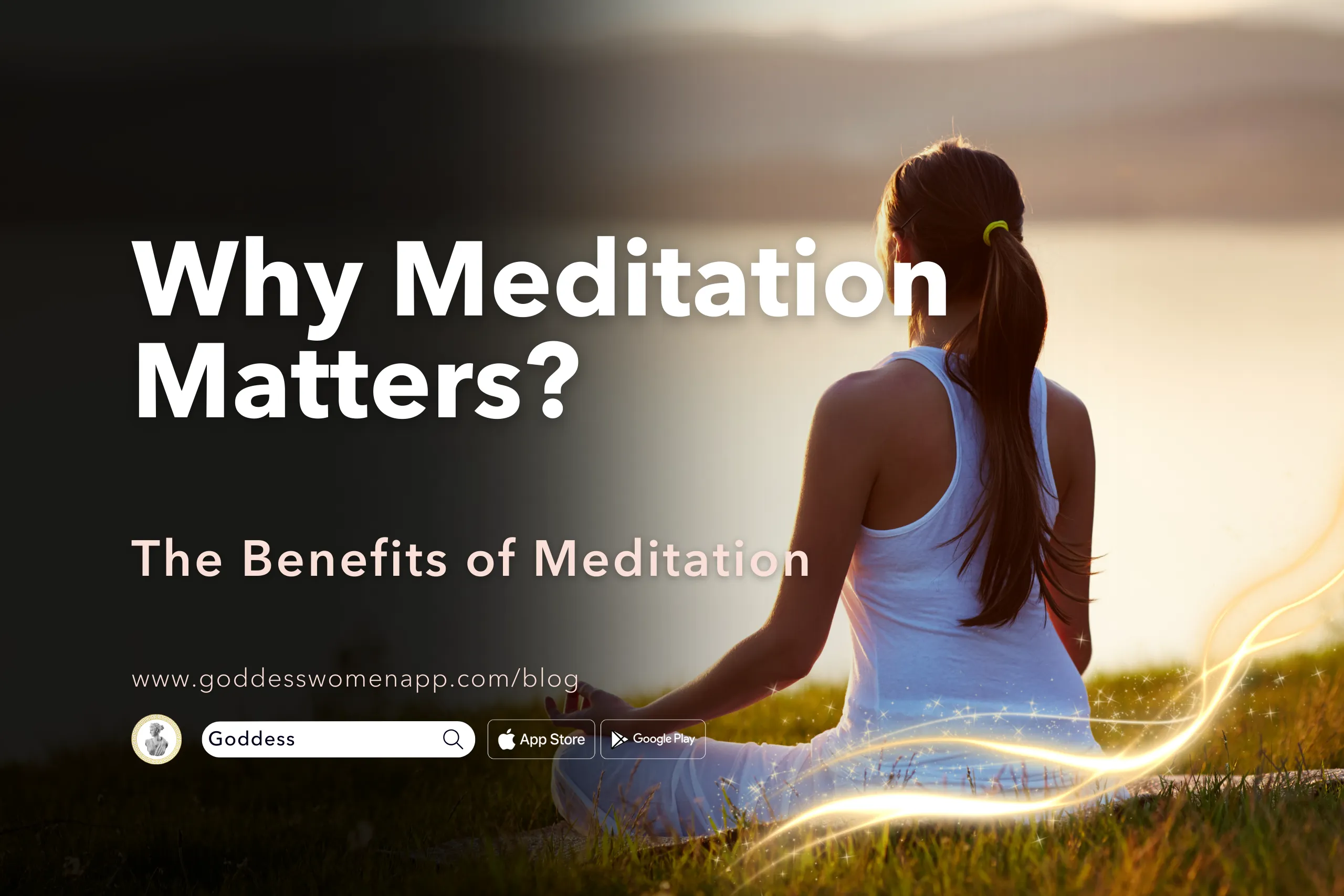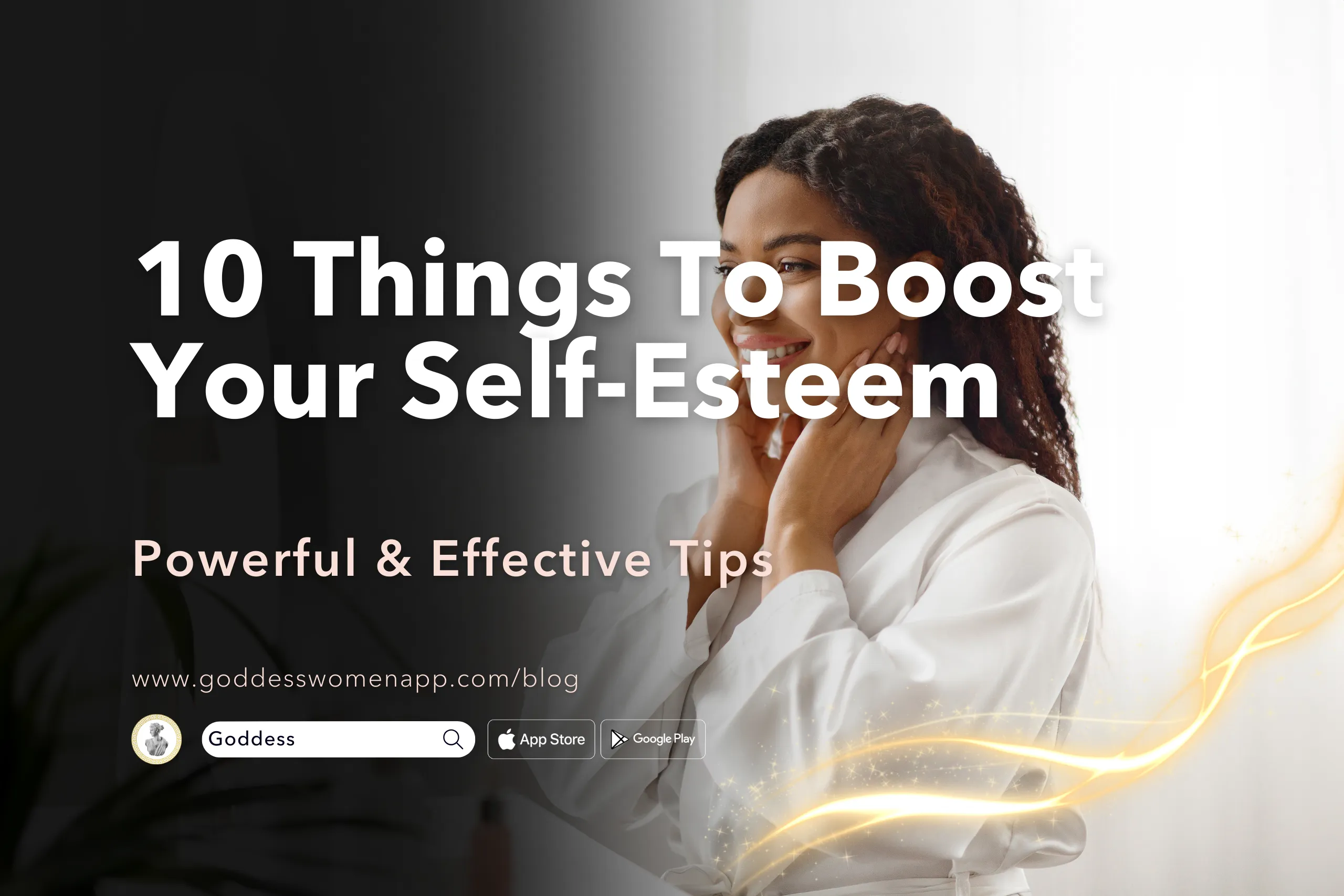Meditation is a powerful practice that promotes relaxation, mental clarity, and overall well-being. However, for beginners, the question often arises: How do I know if I’m meditating correctly? In this blog post, we’ll explore signs that indicate you’re on the right track with your meditation practice.
Table of Contents
1. Establishing the Foundation: How Do I Know If I’m Meditating Correctly?
How do I know if I’m meditating correctly? Embarking on a meditation journey necessitates a foundational understanding of the process, particularly in deciphering whether one is meditating correctly. This pivotal inquiry delves beyond the mental aspects of meditation; it begins with the very essence of physical comfort and relaxation.
In the pursuit of effective meditation, the initial step is to carefully select a conducive environment. Find a quiet space that shields you from external disturbances, creating a sanctuary for your practice. The ambiance should resonate with tranquility, providing a canvas for your introspective exploration.
Once your meditation sanctuary is established, the next facet demands attention—your physical posture. Contrary to common misconceptions, meditation isn’t confined to a rigid cross-legged position. Instead, it invites you to discover a posture that amalgamates comfort with attentiveness. Whether seated or lying down, the key lies in maintaining a position that fosters relaxation without succumbing to the slouch of lethargy.
Imagine your body as the vessel for your meditative journey—a vessel that requires a stable foundation to weather the undulating waves of thought and emotion. As you settle into your chosen posture, be attentive to the sensations coursing through your body. Adjustments may be necessary initially, ensuring that your physical being resonates with a sense of ease, enabling you to redirect your focus inward.
Understanding whether you are meditating correctly doesn’t hinge solely on the external trappings of your environment and posture. It extends to an intrinsic awareness of your body’s signals. Consider it a dialogue—a silent exchange between your conscious self and the physical vessel supporting your meditative endeavors.
In this sacred space of introspection, you’ll discover that the quest for correct meditation isn’t a rigid set of rules etched in stone. It is a dynamic, evolving process that adapts to the contours of your unique being. The resonance of correct meditation manifests not merely in the absence of discomfort but in the presence of a harmonious convergence of mind, body, and spirit.
As you initiate your meditation practice, don’t be disheartened by the sporadic turbulence of thought. Rather, view it as an integral part of the journey—a testament to the intricate tapestry of your mind. Your foundation of physical comfort and relaxation acts as an anchor amidst the ebb and flow of thoughts, grounding you in the present moment.
In the quest to unravel the question, “How do I know if I’m meditating correctly?” remember that the answer lies within the symbiotic relationship between your external environment and internal state. It’s a synergy that evolves with each breath, each session, and each step on your meditation path.
So, find solace in the stillness you create, take refuge in the sanctuary of your chosen space, and embrace the gentle whispers of your breath. For in these subtle nuances lies the affirmation that you are not merely meditating; you are forging a profound connection with the core of your being—a connection that transcends the boundaries of correctness into the realm of self-discovery and inner peace. So, how do I know if I’m meditating correctly?
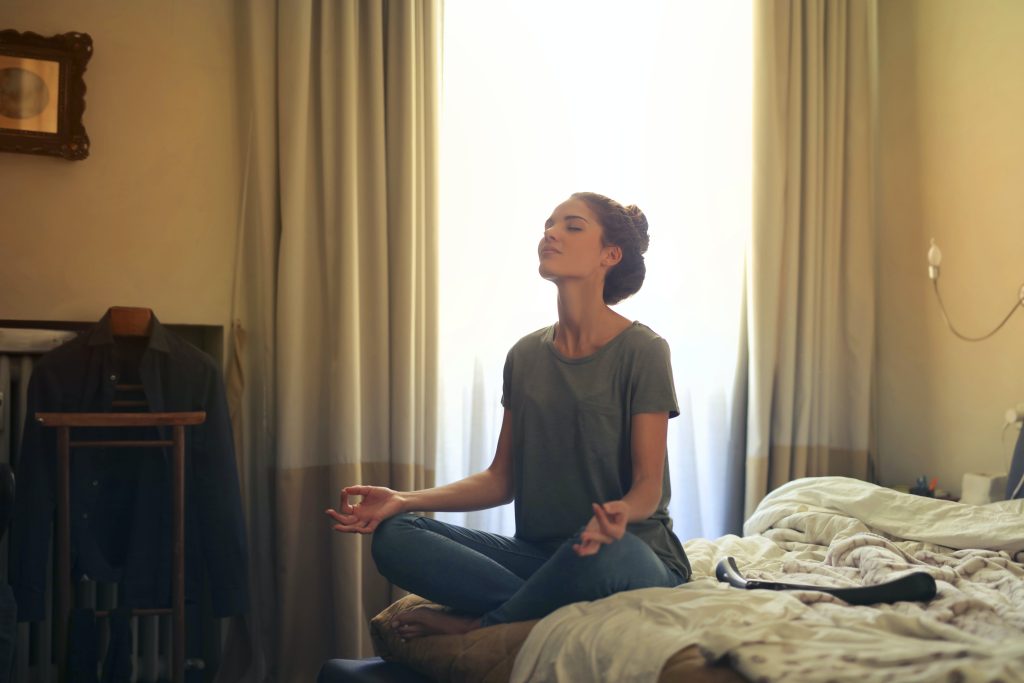
2. Anchoring the Mind: How Do I Know If I’m Meditating Correctly?
How do I know if I’m meditating correctly? In the vast expanse of, navigating its depths with finesse requires a fundamental skill—the art of anchoring the mind. This pivotal aspect acts as a compass, guiding practitioners through the currents of thought and emotion, ensuring that they remain tethered to the present moment. The inquiry into successful meditation unfurls its wings when one contemplates, “How do I know if I’m anchoring my mind effectively?”
Central to this exploration is the recognition that a successful meditation journey hinges on the ability to anchor the mind to a focal point. Whether this focal point manifests as the rhythmic cadence of your breath, the soothing repetition of a mantra, or the subtle sensations coursing through your body, the essence lies in cultivating a relationship with a point of focus.
Consider your mind as a vessel adrift in the sea of consciousness. The practice of anchoring involves dropping an anchor into the depths, securing the vessel in a chosen spot. Similarly, in meditation, anchoring the mind serves as the stabilizing force that prevents it from being swept away by the relentless tides of wandering thoughts.
As you embark on the journey of anchoring your mind, be cognizant of the diversity of focal points available to you. Experiment with different anchors—explore the rise and fall of your breath, delve into the resonance of a chosen mantra, or attune your awareness to the subtleties of bodily sensations. The key is to discover a focal point that resonates with you, creating a bridge between the external world and the rich tapestry of your inner landscape.
An indicator of successful meditation manifests when you can sustain your focus without succumbing to constant distraction. Picture your mind as a still pond, where the ripples of external stimuli gently caress the surface but do not disrupt the serene depths below. In this state, you become an observer of your thoughts, rather than a captive participant.
The ability to gently usher your attention back to the chosen focal point when it wanders signifies a profound skill in meditation. It’s akin to guiding the wandering vessel back to its anchor amidst the vast sea. This gentle redirection is not a sign of failure but a testament to your growing mastery over the art of anchoring the mind—a skill that matures with each session, deepening your connection to the present moment.
In the nuanced dance of anchoring the mind, there lies a subtle interplay between focus and release. The focal point serves as a lodestar, offering a point of reference in the vast expanse of your consciousness. Simultaneously, it acts as a gateway to transcendence, where the boundaries of individual thought dissolve, and you merge with the boundless essence of the present.
So, when you ponder the question, “How do I know if I’m anchoring my mind effectively?” recognize that the answer is woven into the very fabric of your meditation experience. It’s not solely about the absence of distraction but the cultivation of a relationship with your chosen anchor—an exploration that unfolds in the gentle rhythm of your breath, the sacred resonance of your chosen mantra, or the profound awareness of your body’s sensations.
In the symphony of successful meditation, anchoring the mind is your instrument, and the present moment is your melody. As you hone this skill, you embark on a journey of self-discovery, transcending the boundaries of wandering thoughts into the serene expanses of inner peace. So, how do I know if I’m meditating correctly?
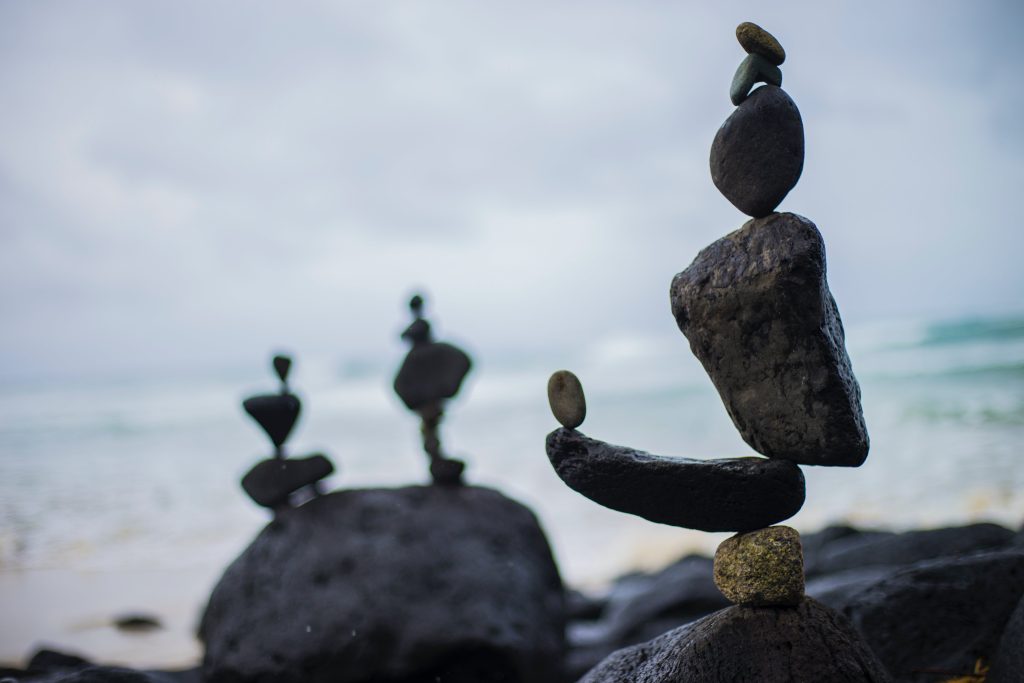
3. Observing the Breath: How Do I Know If I’m Meditating Correctly?
How do I know if I’m meditating correctly? In the silent expanse of meditation, the breath emerges as a timeless companion, offering a rhythmic dance that connects the external world with the sanctum of inner awareness. The art of observing the breath is a cornerstone technique, an exploration into the subtle currents that weave through the tapestry of consciousness. Delving into this practice prompts the inquiry, “How do I know if I’m meditating correctly while observing the breath?”
Central to this contemplation is the recognition that the breath serves as more than a mere physiological function—it is a gateway to the present moment. As you begin your meditation, find a comfortable position that allows for the natural flow of breath, making it the focal point of your attention. Picture your breath as the gentle tide, ebbing and flowing with each inhalation and exhalation.
In the gentle observation of your breath, you embark on a journey of self-discovery. Notice the rise and fall of your chest, the subtle expansion and contraction of your diaphragm, and the effortless flow of air entering and leaving your body. Allow your attention to nestle in the cradle of this rhythmic dance, creating a symbiotic connection between your conscious self and the primal essence of breath.
A tangible sign that you are meditating correctly while observing the breath is the emergence of a slower and deeper breathing pattern. This transformation in your breath isn’t merely a physiological response but a reflection of the tranquil state permeating your being. The rhythmic cadence signifies a profound alignment—a harmonious convergence of relaxation and mindfulness.
As you attune your awareness to the breath, delve into the subtleties of its nuances. Notice the pauses between inhalation and exhalation—the still points where time seems to momentarily suspend. In these pauses, you glimpse the essence of meditation—a sanctuary where the ceaseless chatter of the mind takes a hiatus, and you reside in the pure, unadulterated present.
Consider your breath as the thread weaving through the fabric of your meditation experience. As it becomes slower and deeper, it mirrors the descent into the depths of your inner landscape. The breath becomes a vessel carrying you through the currents of thought, gently guiding you toward the shores of serenity.
So, when you contemplate the question, “How do I know if I’m meditating correctly while observing the breath?” let the answer unfold in the gentle rise and fall of your chest. Let it resonate in the soothing cadence that mirrors the tranquility within. The breath becomes not just a physiological function but a sacred dance—a dance that whispers the secrets of meditation, a dance that unfolds in the symphony of stillness.
In the embrace of your breath, you discover a sanctuary where the external world and internal realms converge. The rhythmic breathing becomes a silent affirmation—a testament that you are not merely meditating; you are harmonizing with the eternal rhythm of existence. In this dance of observation, you find the melody of mindfulness, and the breath becomes your guide, leading you deeper into the heart of meditation.This rhythmic breathing signifies a state of relaxation and mindfulness, addressing the question of “How do I know if I’m meditating correctly?”
4. Embracing the Present Moment: How Do I Know If I’m Meditating Correctly?
How do I know if I’m meditating correctly? A successful meditation practice involves embracing the present moment without judgment. If you experience a sense of calmness, acceptance, and an increased awareness of your thoughts and feelings, you’re likely meditating correctly. Being present and non-reactive to passing thoughts is a positive sign of a well-focused meditation.
5. Gradual Progress: How Do I Know If I’m Meditating Correctly?
How do I know if I’m meditating correctly? Meditation is a journey, and progress may not always be immediately evident. If you find that over time, you experience increased mental clarity, reduced stress, and a greater sense of inner peace, you’re likely meditating correctly. Trust the process, and allow your meditation practice to unfold gradually.
In conclusion, the question of “How do I know if I’m meditating correctly?” is answered through a combination of physical comfort, focused attention, rhythmic breathing, present-moment awareness, and gradual progress. Pay attention to these signs as you engage in your meditation practice, and remember that consistency and patience are key to reaping the full benefits of meditation.

